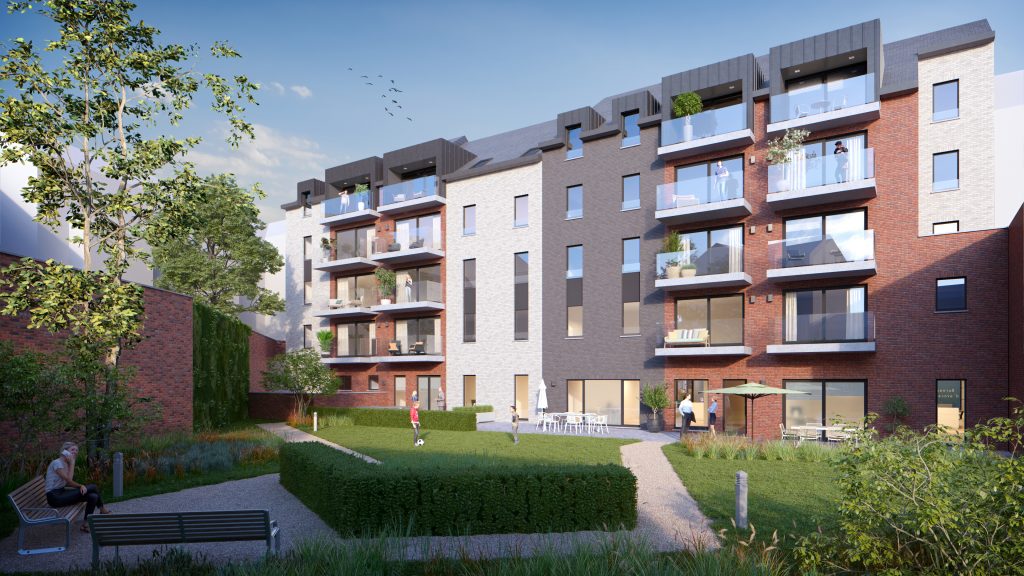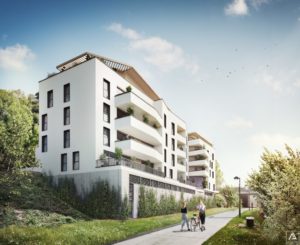The new real estate sector is a flourishing property investment sector, constituting an attractive real estate class for many investors.
Rents fund a property, the capital increases, and new real estate does not require as much intervention and reinvestment as an old property for which repairs and renovations must be anticipated – and paid for. The rapid evolution of building techniques, and standards, particularly environmental standards, contributes to the qualitative discrepancy between increasingly innovative new builds, and old builds, which thus become increasingly devalued.
The pressure on real estate prices in recent years has also reduced the difference between average prices for new and old property, and thus increased the market’s desire for new builds, particularly in cities, both for investors and for first-time buyers.
While the REAM fund has chosen to diversify its investment strategy by acquiring the real estate developer DEVLOP, this is of course because we were aware of the challenges involved in this growth sector, and wanted to be part of it. And rather than being content with investing in new property, we have chosen to integrate development activity into our portfolio.

DEVLOP project: Général Michel in Namur
We should start by recalling what real estate development is. Put simply, it is the creation of value generated by the design, construction and sale of new properties. The process starts with the identification and acquisition of land (building land or building to be demolished), followed by the creation of a residency project in collaboration with architects, engineering firms, the public authorities with a view to obtaining an urban planning permit, then the construction and the sale of the finished apartments/offices/shops.
This is a growing and profitable activity, if it is done well.
The major trends remain good, demand remains higher than supply, particularly in urban centres, and high quality projects in excellent locations sell quickly.
In some cases, the methods used to acquire land can also limit the immobilisation of equity and reduce the financial risks involved in the granting – or not – of urban planning permits. In Belgium, for example, land is generally acquired subject to suspensive permit granting conditions.
But although this activity can be very profitable, it still involves significant barriers to entry.
It requires the mobilisation of capital over relatively long periods, as the lifespan of a project can be between three and five years on average. Bank financing generally requires an excellent track record, as banks take note of the financial strength and experience of the developers to which they choose to loan funds.
Furthermore, this is a complex activity that requires technical and financial skills, as well as solid expertise in the local market in terms of practices, competition, the dynamics of urban development and discussions with local authorities.

DEVLOP project : Ravel in Bastogne
Choosing to integrate real estate development into our yield product therefore stems from our desire to share our expertise and make it easier for investors to access this complex activity that is reserved for professionals.
We understand that the profitability of development projects is a key element in the fund’s yield, and integrating a real estate development activity has a further benefit. In fact, it gives the fund’s other brands, Flexiroom and Invest, the position of first bidder, allowing us to purchase new properties that we want to keep in our portfolio; there are many connected vessels for a very well located city-centre building perfect for co-living, shops and offices, for which Invest will find high-quality “triple A” tenants, and vertical integration is becoming even more important.
Download our guide and discover 3 indicators that allow you to obtain 8% yield on your property portfolio.